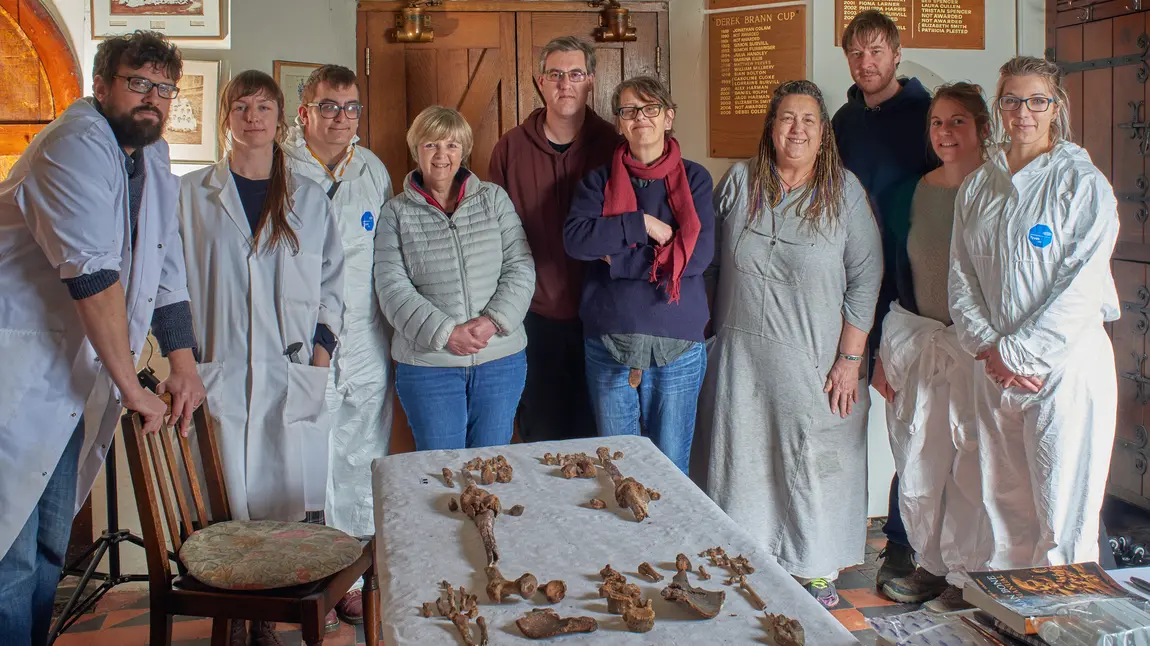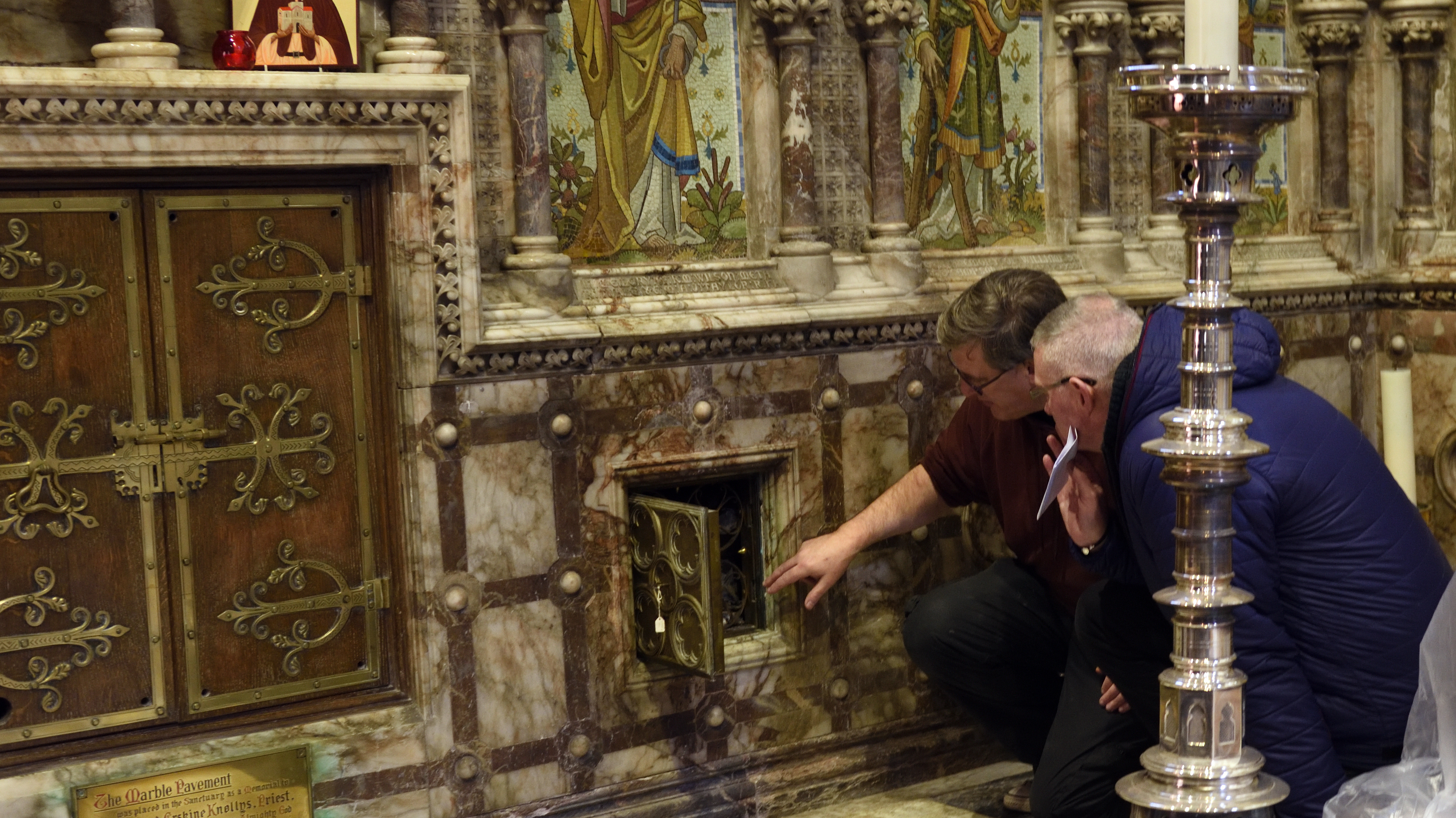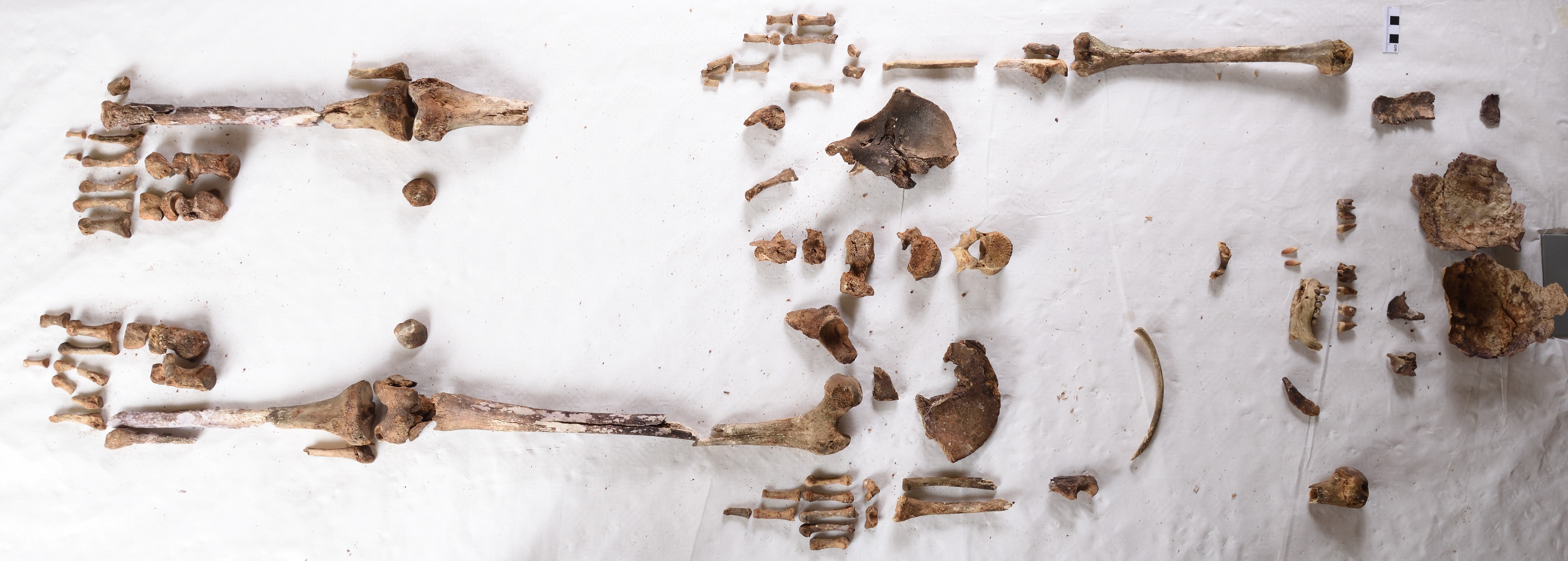Remains of ‘earliest English saint’ confirmed

Over 130 years after they were discovered hidden in the wall of a Folkestone church, experts have declared the bones as dating from the seventh century. They have been identified as "almost certainly" those of St Eanswythe, the patron saint of Folkestone and a Kentish princess.
"Further scientific analyses are underway, and it is hoped that we will soon be able to know more about this young woman who is such an important part of Folkestone’s history."
Dr Ellie Williams, Lecturer in Archaeology at Canterbury Christ Church University
Who was St Eanswythe?
St Eanswythe was an Anglo Saxon, Kentish Royal Saint and the granddaughter of Ethelbert, the first English king to convert to Christianity.

Thought to have died in her late teens or early twenties, St Eanswythe is believed to have founded one of the earliest monastic communities in England, around AD 660 on the Bayle – an overlooked historic centre in Folkestone.
The relics mark the period that saw the very beginning of Christianity in England. Her remains could have been destroyed in the Reformation had they not been hidden in the wall of the Church of St Mary & St Eanswythe. They were discovered in 1885.
Finding Eanswythe
The verification was made thanks to the National Lottery-funded Finding Eanswythe project which conducted the archival research and secured the church legislation to allow the moving and examination of the relics. It was led by Canterbury Christ Church University.

Dr Ellie Williams, Lecturer in Archaeology at Canterbury Christ Church University, and the osteologist who worked on the project, said: "In 2017 when we launched Finding Eanswythe we couldn’t have imagined that three years later we would conclude the project studying the skeletal remains of what is almost certainly St Eanswythe herself.
"We were surprised by how much of the skeleton still remains, and through drawing together a wide range of expertise, our work has allowed us to construct a fuller biography of her life and death. Further scientific analyses are underway, and it is hoped that we will soon be able to know more about this young woman who is such an important part of Folkestone’s history."
Uncovering East Kent's history
The project has been locally led and run, with the specialists and team involved (apart from a team from Queen’s University in Belfast) all originating from Folkestone or East Kent and supported by a large number of local colleagues and volunteers.
The Revd Dr Lesley Hardy, Director of the Finding Eanswythe project, said: "As you walk through the streets of Folkestone, you are walking, layer upon layer, over ancient history that is now largely hidden from view. Finding Eanswythe was about bringing that forgotten history back to the surface."